I'm referring to the Winter Solstice, of course. This year the Solstice falls on December 22. I have always loved the way the world has a balance of Solstices and Equinoxes. Imagine my delight when, as a young and impressionable teen, I discovered that the ancient peoples of the Earth not only noticed these events but went through great lengths to mark them with structures and ceremonies. (I have a great fondness for ceremony--it's probably the mix of sparkly clothes, incense, and people gathering together. Even better when there's fire involved.)
And every year there is a live webcam of the sun penetrating the long tunnel into the chamber on the Winter Solstice. Before you roll your eyes at me, there are a few things you need to know.
1. It was built around the year 2800 BCE (How did they engineer this thing? HOW?)
2. It is a burial chamber, and can fit 15 people comfortably inside with plenty of head room.
3. When the sun shines fully into the chamber, there is a display shelf on the rear wall that gets bathed in sunlight (What?!
HOW DID THEY DO THAT?!)
4. There is graffiti on the walls, in RUNES from when some Norsemen got snowed in one winter. It's fairly vulgar, and thus
hilarious.
5. Maes Howe and surrounding neolithic monuments are a UNESCO World Heritage Site.
The Maes Howe website has some great information (and pictures!). The website itself was built a while ago (and thus lacks bells and whistles), but it is my favorite thing this time of year.
I should mention that I have BEEN there, but all of my photos are analog and around here somewhere. If I can locate them, I will share with the class.
And now: Books!
The Winter Solstice by Ellen Jackson
Covers both the scientific reason for the Solstice and folklore associated with it. Offers historical perspectives from Europe and South America.
Discusses the holiday traditions that are tied to ancient Solstice traditions from all over the world. Includes a clearly illustrated explanation of why winter in the Northern Hemisphere has shorter days.
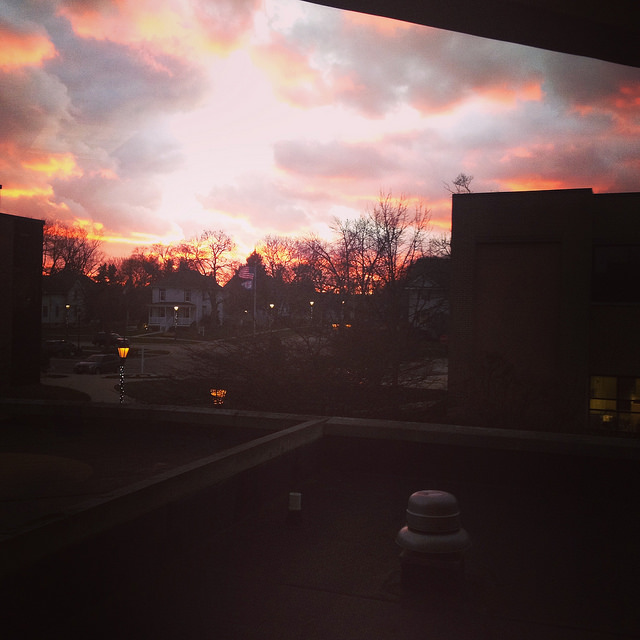
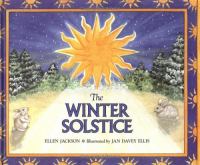

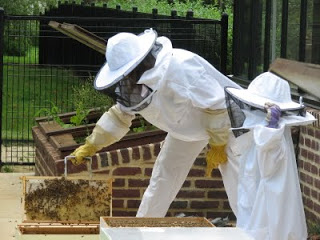


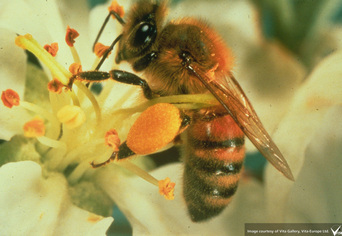
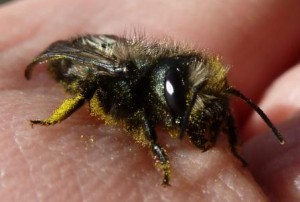
 RSS Feed
RSS Feed